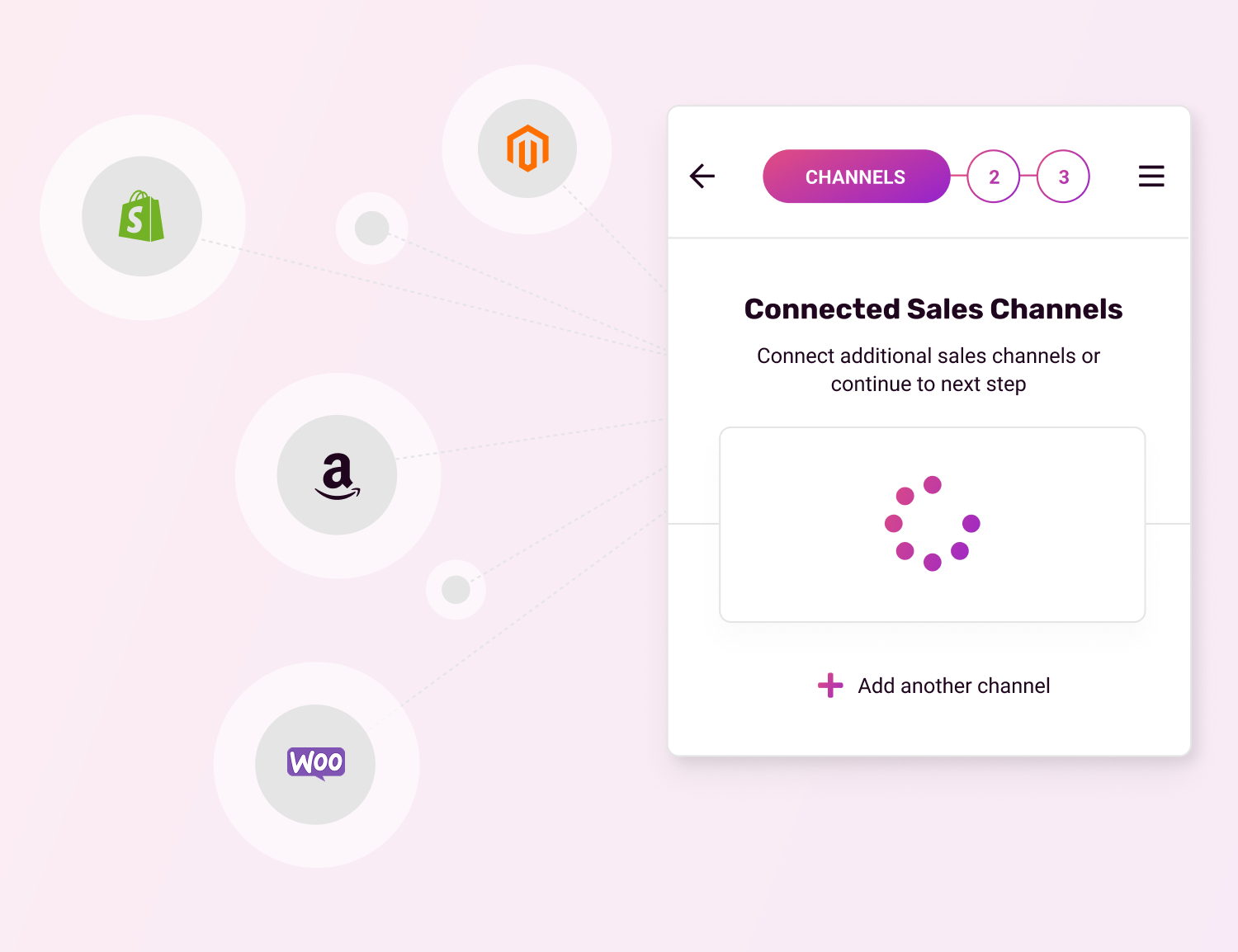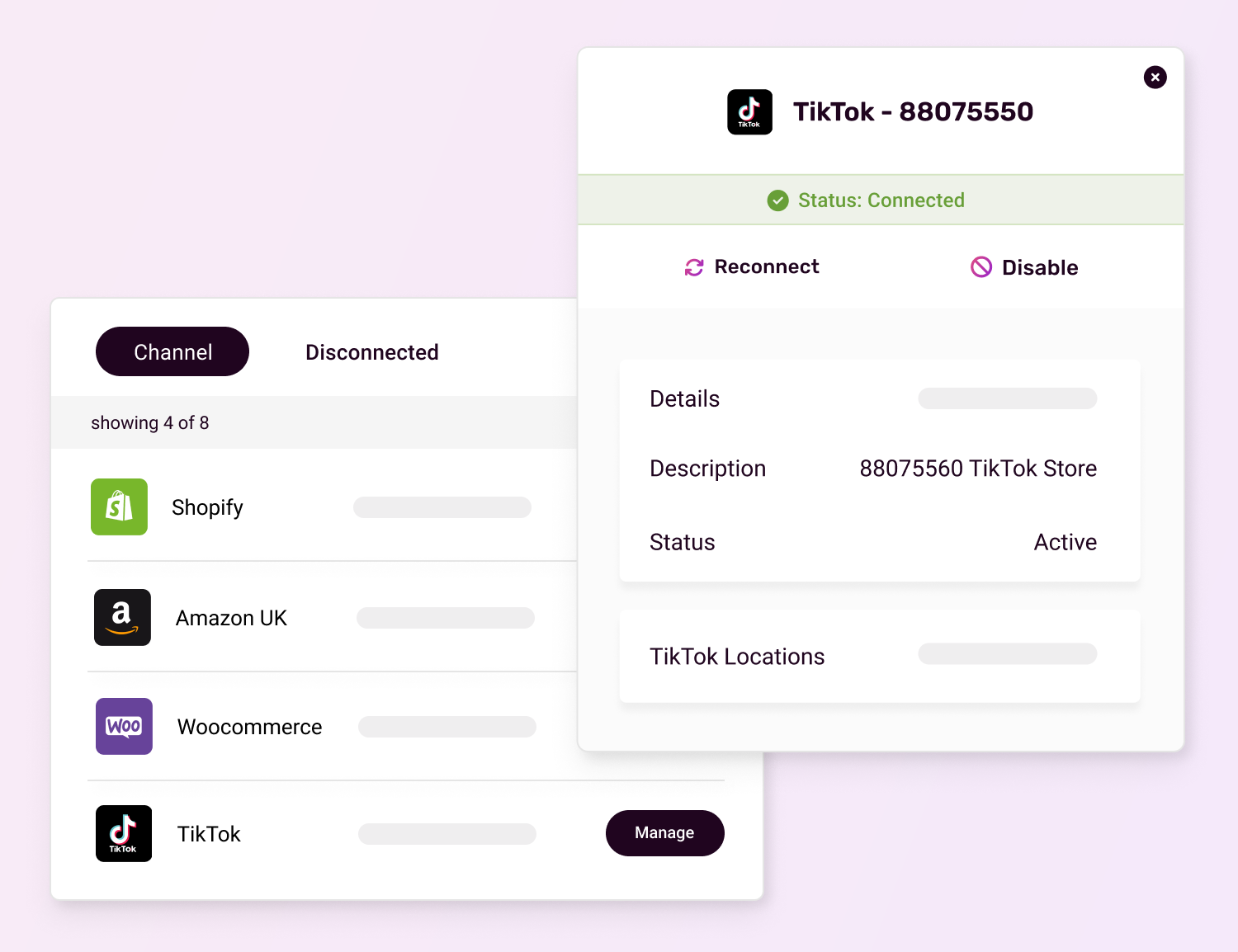Expanding across EU borders? Navigate VAT rules, high shipping costs, and customs delays with this strategic fulfilment playbook. Learn how to streamline operations, improve delivery times, and enhance customer experience.
Audio reader
.jpg?width=300&name=What%E2%80%99s-Next-for-Demand-Forecasting-blog-advert%20(1).jpg)
Download your copy of the Demand Forecasting eBook
Reviewing predictive analytics, AI, and sustainability in inventory management.
Download the eBookWith online shopping booming across Europe and beyond, retailers that limit themselves to one market risk missing out on significant revenue opportunities. That’s where cross-border eCommerce comes in, a necessity for growth.
By 2026, global cross-border eCommerce sales are expected to reach €5.6 trillion (with some estimates placing the figure at almost €8 trillion), driven by increasing demand for international brands, faster shipping options, and digital payment solutions.
But expanding into new markets isn’t without its challenges. Managing multi-market fulfilment, meeting local customer expectations, and avoiding hidden costs can be complex. We explore why now is the time for retailers to invest in international expansion - and how to do it successfully.

Why cross-border eCommerce is growing
The shift toward international online shopping isn’t slowing down. Consumers are becoming more comfortable with buying from foreign retailers, especially as logistics and payment technologies continue to evolve.
Key reasons for the rise of cross-border shopping
- Consumer demand for global brands: European customers are increasingly shopping outside their home countries to access exclusive products, better prices, and higher quality goods.
- Improved logistics and fulfilment networks: Faster shipping times and streamlined returns make cross-border purchases more convenient.
- The rise of digital payments: Localised payment methods like Klarna, Sofort, and iDEAL reduce barriers to purchase.
- Market saturation in home countries: Brands are expanding internationally to unlock new revenue streams.
For retailers, expanding beyond their domestic market increases revenue potential, diversifies risk, and strengthens long-term business growth.
Managing a multi-market fulfilment strategy
One of the biggest challenges in cross-border eCommerce is fulfilment. Without the right logistics strategy, international shipping can lead to high costs, slow delivery times, and unhappy customers.
Choosing the right fulfilment model
Retailers expanding internationally have three main fulfilment options:
- Shipping from a single warehouse
- Best for brands just starting with cross-border sales.
- Lower inventory costs but longer delivery times.
- Can lead to high shipping fees and customs delays.
- Using a network of international fulfilment centres
- Reduces shipping times and costs by storing inventory closer to customers.
- Requires higher stock levels across multiple locations.
- Ideal for brands that need fast delivery in multiple markets.
- Partnering with a third-party logistics provider (3PL) or 4PL
- Offers scalability and flexibility.
- Removes the burden of managing international warehouses.
- Helps brands comply with local tax and customs regulations.
Retailers must weigh the costs, speed, and complexity of each model to determine the best approach for their business.


Overcoming delivery and returns challenges
Consumers expect fast, affordable, and reliable shipping, regardless of location. 48% of shoppers say long delivery times are a major barrier to buying from international retailers and 49% have a fear of fraud i.e. whether a retailer is genuine or not.
To meet expectations, brands should:
- Offer local fulfilment in key markets to reduce shipping times.
- Provide transparent pricing with no unexpected customs fees.
- Simplify the returns process with local return hubs.
- Offer globally trusted payment options to reduce fear of fraud.
By investing in the right fulfilment strategy, retailers can increase customer satisfaction and conversion rates while avoiding logistical headaches.

Understanding local customer expectations
Each European market has unique shopping behaviours, payment preferences, and cultural nuances. A one-size-fits-all approach won’t work.
Key differences across European markets
|
Factor |
Germany |
France |
Spain |
Netherlands |
Nordics |
|
Preferred payment methods |
PayPal, Sofort, invoice payments |
Cartes Bancaires, PayPal |
Credit/debit cards, Bizum |
iDEAL, PayPal |
Klarna, Swish, Vipps |
|
Shipping |
Fast, reliable, tracked deliveries |
Free shipping often expected |
Cost-sensitive buyers, prefer affordable delivery |
High demand for sustainability in packaging |
High expectations for next-day delivery |
|
Returns |
Flexible, easy returns are expected |
Return rates lower than in Germany |
Higher sensitivity to return costs |
Prefer free returns and automated drop-off points |
Very high return rates, often free |
Adapting to local expectations is essential for success in cross-border eCommerce. Brands that localise their offerings - from payment methods to shipping speeds - see significantly higher conversion rates.
Avoiding hidden costs in global expansion
Cross-border eCommerce comes with financial challenges that can eat into profit margins if not carefully managed.
Common cost pitfalls in international expansion
- Customs duties and taxes
- VAT rules vary across EU countries, and failing to comply can result in delays and fines.
- Brands must ensure they are properly registered for VAT in all countries where they sell.
- Currency conversion fees
- Selling in multiple currencies can lead to unexpected transaction costs.
- Using a multi-currency payment provider can reduce fees.
- Cross-border returns
- International returns cost more to process than domestic ones.
- Setting up local return hubs can help brands avoid high return shipping costs.
- Language and customer support
- Providing local language customer service improves trust and reduces refunds.

The benefits of cross-border eCommerce for retailers
Despite the challenges, cross-border expansion offers significant advantages for brands looking to grow.
Increased revenue opportunities
- Access to larger markets: Expanding beyond a home country allows brands to tap into millions of new customers.
- Higher average order values: International shoppers are often willing to spend more for exclusive products.
Reduced dependency on single markets
- Diversified income streams: Brands reduce risk by not relying on one region’s economic stability.
- Seasonal balancing: Selling across multiple markets evens out seasonal demand fluctuations.
Strengthened brand presence and competitiveness
- Becoming a global brand: Expanding internationally builds brand recognition and credibility.
- Staying ahead of competitors: Early adopters of cross-border eCommerce gain a competitive edge.
How to expand internationally with the right fulfilment partner
Cross-border expansion is easier and more profitable when businesses partner with the right logistics provider. Working with a fulfilment partner ensures:
- Local warehouse and distribution networks for fast and cost-effective delivery.
- Seamless returns management that meets local consumer expectations.
- Compliance with customs, VAT, and regulatory requirements.
Speak to an expert
Cross-border eCommerce is not just the future of retail, it’s the future of your business growth - and the brands that invest in international expansion now will be the leaders of tomorrow.
Start scaling across multiple EU markets today
Looking for more industry insights?
Check out our other recommendations just for you!
See allDiscover insights from 1,000 consumers on cross-border shopping habits, fulfilment deal-breakers, and what it takes to win international customers.
Looking to take your US eCommerce brand global? Learn how to overcome VAT and customs complexity, manage multi-country logistics, and localise like a pro with fulfilmentcrowd’s expert guide to European expansion.





.jpg?width=300&name=Magna-park%20(1).jpg)
 By Alice Davies
By Alice Davies


.jpg?width=900&name=warehouse-truck-1200x705%20(1).jpg)

